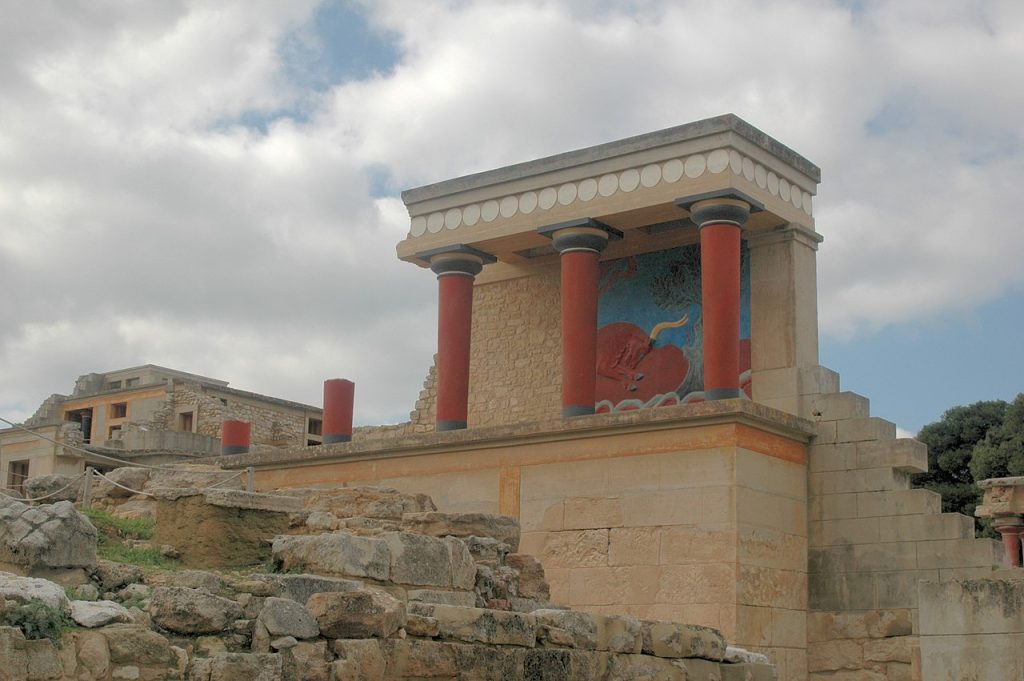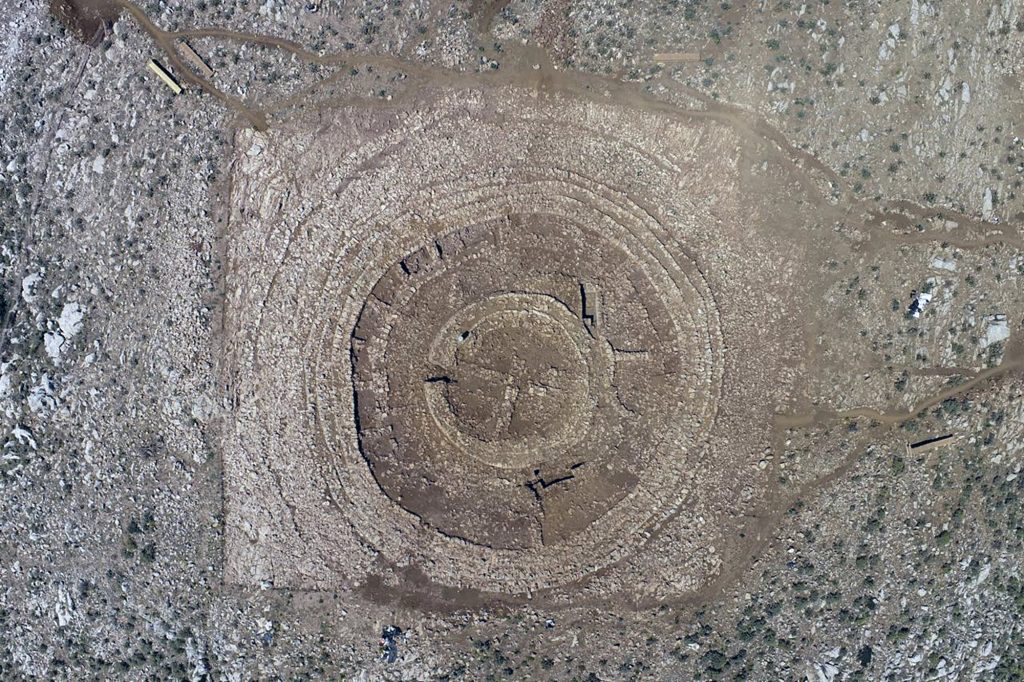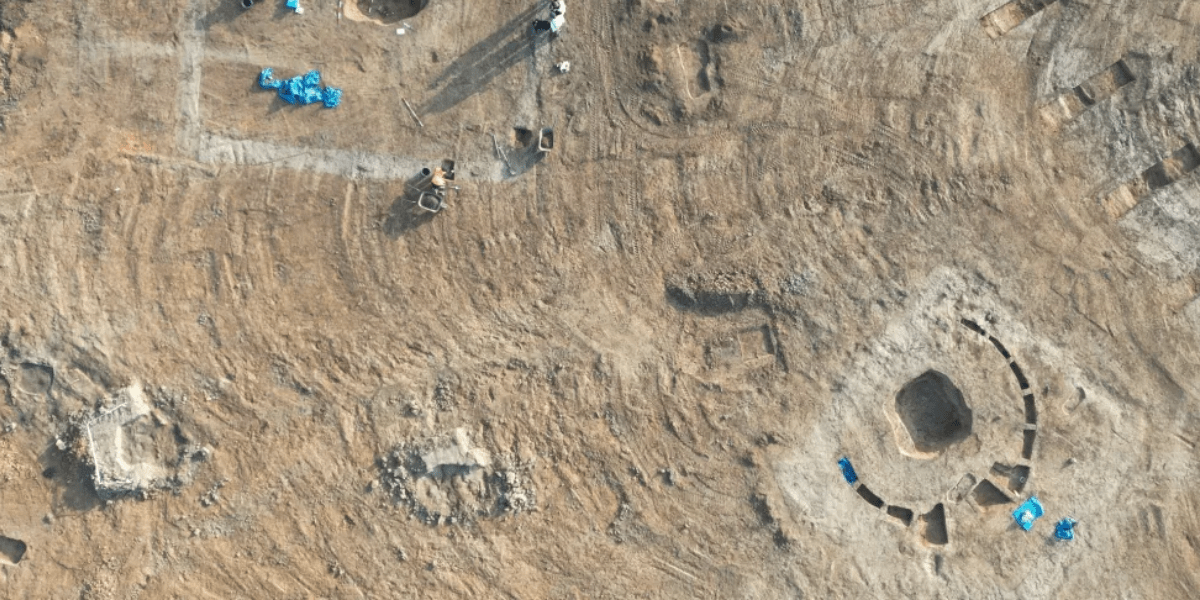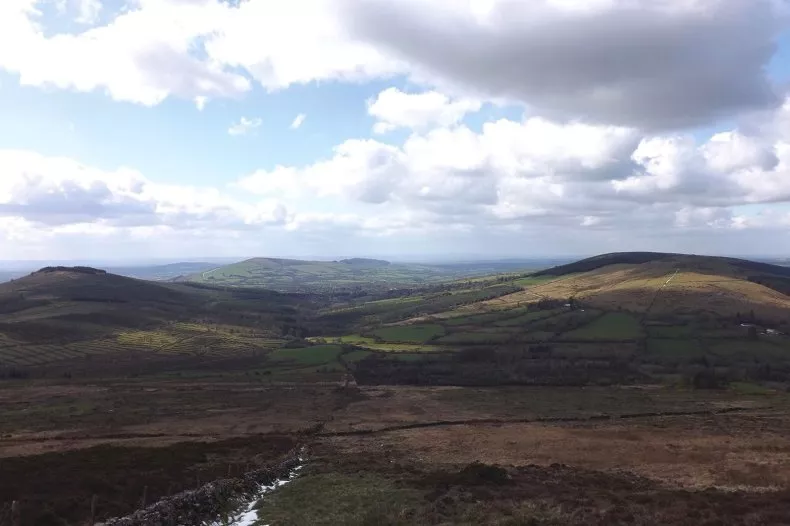A large circular monument was discovered during the excavation works for an airport on Greece’s largest island of Crete.
The discovery was announced as unique by the Greek Ministry of Culture.
Construction of the international airport is underway on the summit of Papoura Hill, northwest of the town of Kastelli.
The circular monument structure dates back to the Bronze Age Minoan Civilization.
The Minoan civilization was a civilization that developed on the island of Crete during the Bronze Age and lasted from 3000 BC to 1450 BC. The Minoans were a highly advanced society in seafaring, trade and the arts. The civilization was named after the mythological king Minos.

The monument, which is about 48 meters in diameter and covers a surface area of about 1,800 square meters, is located at the top of the hill at 494 meters, where the new airport’s radar system will be installed.
The ministry said in a statement that the structure did not appear to be a dwelling and finds inside included a large amount of animal bones.
“It may have been used periodically for ritual ceremonies, possibly involving the consumption of food, wine and perhaps offerings,” the statement said.

“Its size, architectural layout and careful construction required considerable labor, specialized know-how and a solid central administration,” it said, adding that it was certainly a kind of communal building that stood out in the entire region.
The government will plan to ensure that the ongoing work on the monument and the construction of the airport go hand in hand.
“This is a unique discovery of great interest,” Culture Minister Lina Mendoni told a news conference on Tuesday. There are solutions so that the archaeological excavation can be completed and the monument can be preserved.”
Cover Photo: Ministry of Culture via InTime News




